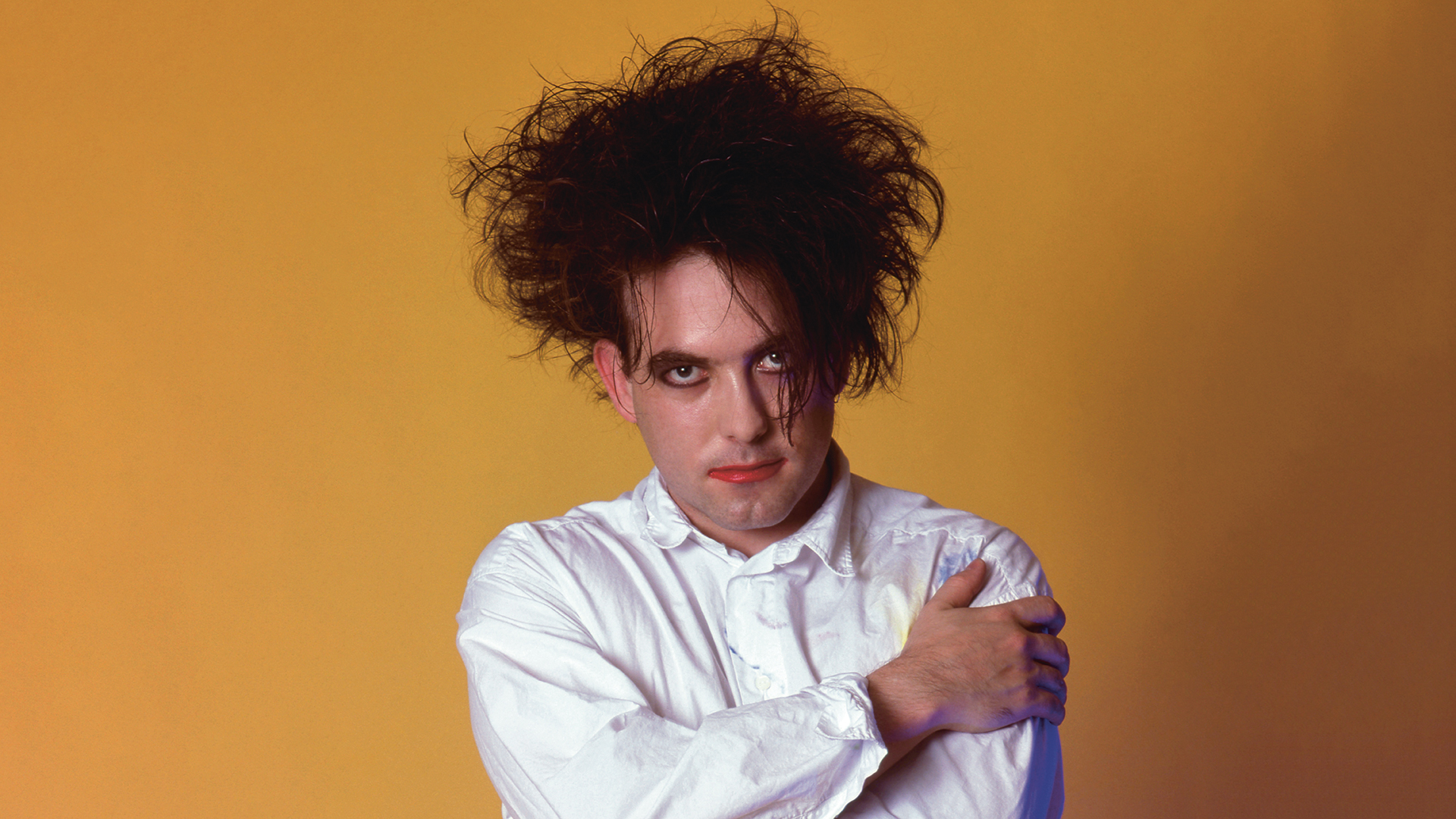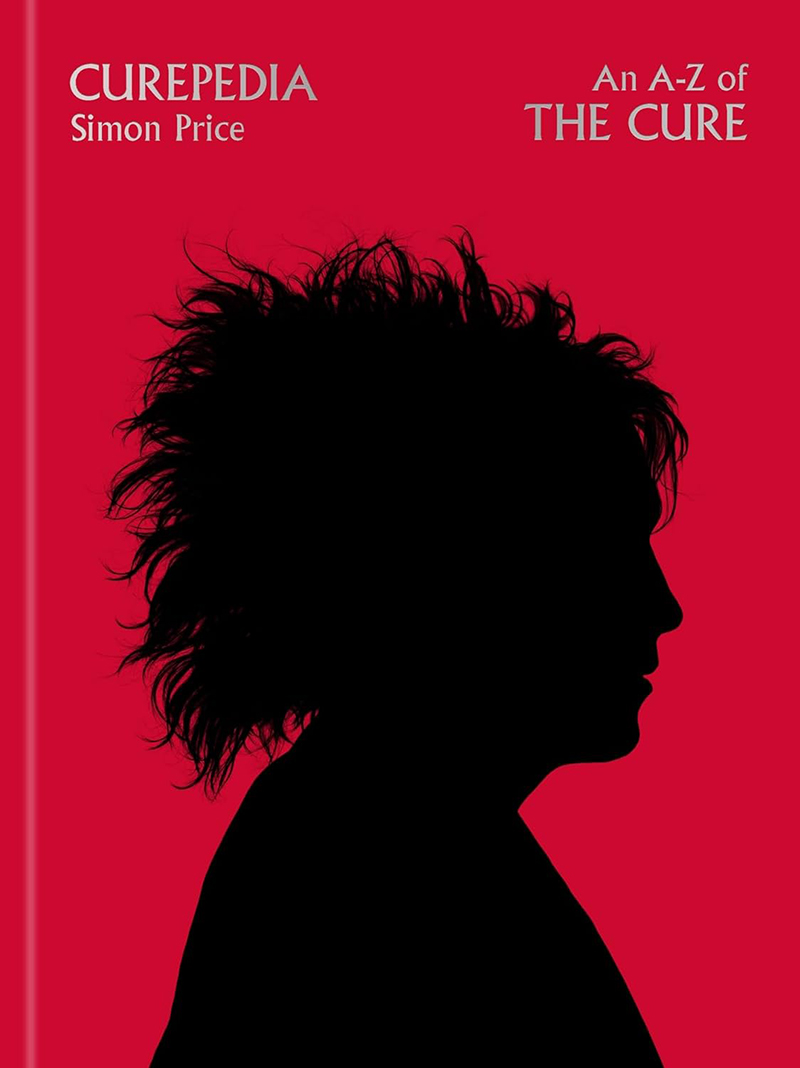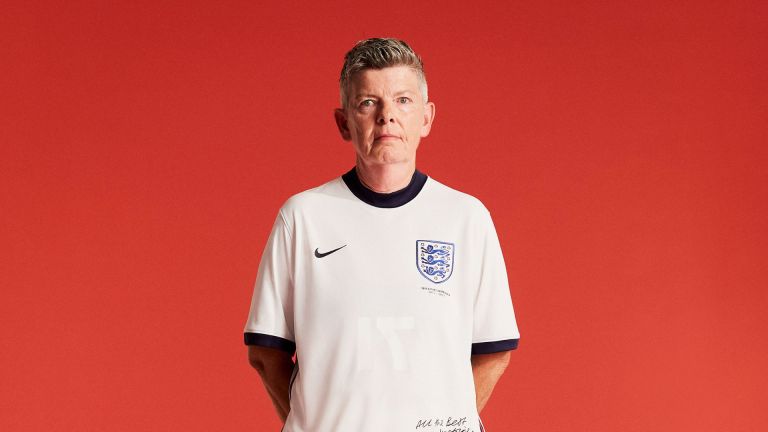It’s Sunday 27 May 1980 and I am sitting in a field in England. The field is a long way from home. It belongs to a preparatory school in Sussex. I don’t come from money: single-parent family, child benefits, no car, no phone, perpetually skint. But my mum went through teacher training and, unable to find a job in south Wales, applied for a post in a boarding school in England, the deal being that I went with her and got educated for free.
The experience scarred me for life. The draconian sadism of daily existence gave me an insight into what makes the British upper classes the way they are; brought up in schools that normalise casual cruelty so they have no compunction about inflicting it on the rest of us.
The one moment of respite came on Sunday evenings when I was able to sneak off into the playing field and listen to the Top 40 rundown on my battery-powered radio. The fifth song I heard that night, straight in at 35, was a strange, foreboding, shuffling thing called A Forest by The Cure. It didn’t grab me. Certainly not as much as that week’s No 1, Geno by Dexys Midnight Runners, disco bangers by Narada Michael Walden and the Average White Band or, especially, ska hits by The Selecter, The Bodysnatchers and Madness. I didn’t get it, yet. I didn’t know where it was coming from. Little did I know it was coming from Crawley, just seven miles from where I sat. And that it would be lurking, waiting till I was ready, in the trees.
By autumn I was back in my home town of Barry, attending the local comprehensive which had its own undercurrent of violence (kid-on-kid, teacher-on-kid), but at least my free time was my own. I had become a voracious devourer of music magazines, chiefly Smash Hits. In November, a new glossy monthly arrived: Flexipop!, a debauched, reprehensible elder sibling to Smash Hits which would, within three years, be shut down for obscenity.
During its brief lifespan, Flexipop! developed a close relationship with The Cure. The issue that sparked my fascination with the band was No 21, published in August 1982, in which the Welcome To The Working Week feature – a pop star’s diary – was written by Robert Smith. In it, we learn he writes down his dreams, goes for late night walks in an ornamental park just to enjoy the fear that someone might jump out at him, sits in the garden to watch television through the window, dresses as his mother to make a curry, and runs around an empty cinema trying to follow the quadrophonic sound of spaceships overhead.
- ‘Robert Smith isn’t people’s perceptions’: Stories behind classic photos of The Cure
- The Cure’s Lol Tolhurst: ‘I’m making a playlist for my funeral. It’s about five hours’ worth’
- The Cure at BST Hyde Park: Charm, majesty and 40 years of genius
The realisation that being an adult meant you had license to behave in such a gently unhinged manner blew my teenage mind. I tore out the pages and folded them into my blazer pocket. The idea of Robert Smith, his way of being in the world, resonated with me long before his music did.











